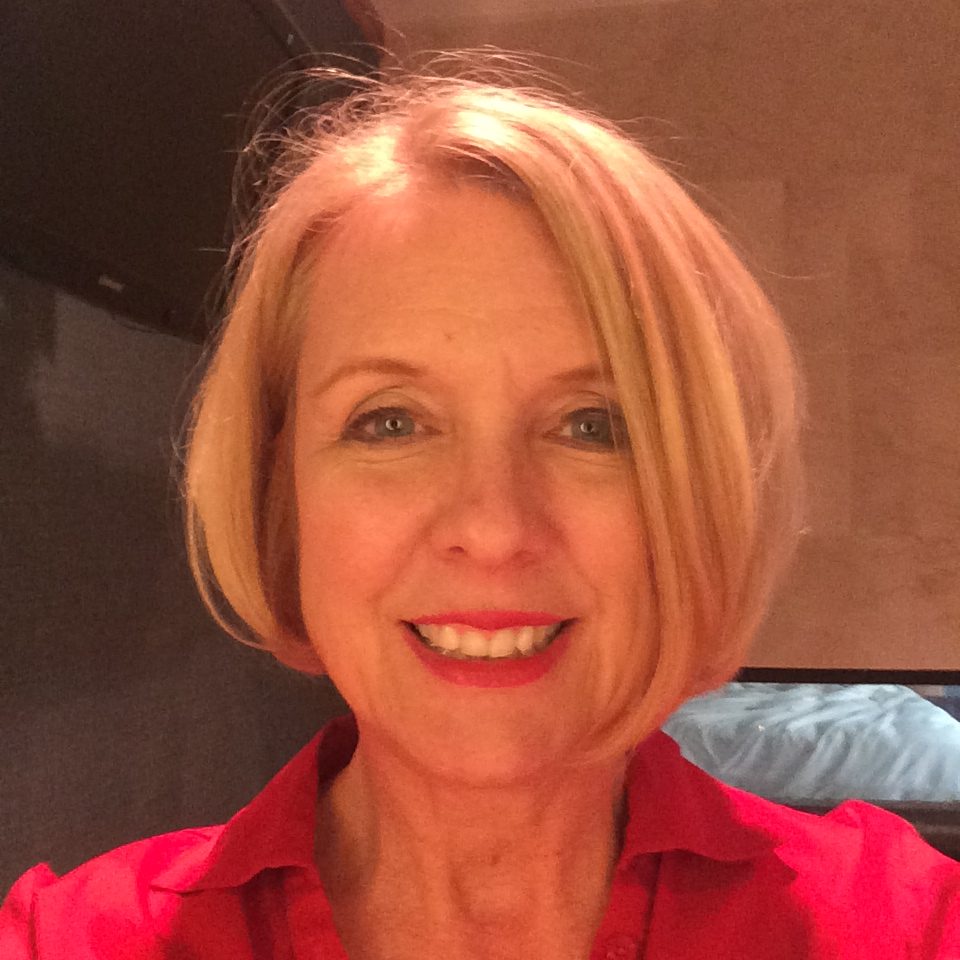This is part 2 of a series about caregiving from a distance. Read part 1 here.
Fern, 92, called her daughter in a panic. She couldn’t turn off her television because she couldn’t find the remote. Due to Fern’s hearing loss, the volume was very high. Fern was afraid the blaring TV would keep her and her neighbors up all night.
Her daughter, Monica, couldn’t help. She was in Michigan; Fern lives alone in Sarasota, FL.
Fern’s situation wasn’t life threatening. But it’s an example of how even a minor issue can become a crisis when an older loved one lives far away. For the millions of Americans in that situation, it’s a major source of stress. In fact, research suggests that long-distance caregiving is even more stressful than face-to-face caregiving.
Unlike those caring for an older adult nearby, long-distance caregivers often face situations that can’t just be handled as they arise, whether it’s a missing TV remote or a serious medical crisis like a stroke or an injury due to a fall. There are no easy fixes. But experts advise that thinking ahead, and assembling a support team, can help families navigate long-distance caregiving more effectively. Here are some tips.
Divide and Conquer
Start by gathering family members for a conference, virtually or in-person, advises Maria Hood, a social worker and director of admissions at United Hebrew, a senior care community in the New York metropolitan area.
“Develop a strategy to divide and conquer,” Hood says. Make a plan to rotate visits and regular phone calls. Clarify roles so no one person feels overburdened. Those who can’t visit in person might tackle other tasks: a family member who is an accountant can help manage financial issues; another who’s a medical professional can establish lines of communication with the older adult’s physician.
As much as possible, involve the older adult in the conversation, and initiate it before a medical crisis or other “point of vulnerability” occurs, adds Barry Wu, MD, professor of medicine (geriatrics) at Yale School of Medicine.
“Understand what your [older adult] family member’s wishes are,” Wu says. “If they don’t want aggressive treatment in the event of a medical emergency, the family should know that. If their heart stops, or they stop breathing, do they want to be hospitalized? Do they want a feeding tube? You need to know what their wishes are.”
Other questions to ask might include:
- What kind of support would be helpful now? That might include transportation to doctor visits or outings, help with meals, errands or housekeeping.
- Could alterations in the home make life easier and safer? For example, switching from an upstairs bedroom to a downstairs bedroom or installing a ramp leading down from the front porch could prevent future accidents or make daily life easier.
- What about anticipated future needs? If an illness or loss in mobility makes it difficult or impossible to live alone, what would the older adult want to do? Move into assisted living? Move in with a family member? Stay at home, with in-home support, as long as possible?
Remember to keep the older adult’s wishes paramount, says Teri Dreher, an RN and patient advocate who assists older adults and their families.
“A sense of dignity, autonomy and agency over one’s own life is even more important as we age,” she says. “Nobody likes their children to talk to them like they’re children.”
Dreher says older adults can become stubborn or unwilling to share honestly about their struggles. Some may resist discussing the issue or insist, “Don’t ever put me in a home.” In that case, a visit to an assisted living community might help reassure them.
“I worked with a couple in their late 70s that stayed in their house, even though they couldn’t take care of it, until the house was finally condemned,” Dreher says. “Once they moved into a senior living community, they saw how great the food was and changed their minds immediately.”
Start the money conversation as part of these family talks. How is a loved one paying for daily expenses now? How might they pay for additional care if it’s needed? These questions are important for any caregiver, but especially when family members aren’t close enough to quickly access financial records. Needs can change suddenly; an older adult could become incapacitated temporarily or permanently.
Explore Resources
Many agencies and local governments offer services to assist older adults—these can be lifesavers when family members can’t be present. However, it’s not always easy to find out about these services. For example, some local charities, city governments or agencies offer wellness checks—regularly scheduled phone calls to check in with an older adult, with follow-up calls and/or visits if they don’t respond. To determine if such a service is available in the older adult’s community, try searching online using the zip code or town (such as, “older adult welfare check 75024”). Or check the search tool of Shepherd’s Centers of America, which provides welfare checks through more than 50 affiliates around the United States.
Hood suggests contacting a hospital in the older adult’s area and speaking with staff in the social work department. Similarly, the marketing staff at a senior living community near the older adult’s home will likely know what’s available locally.
Create a directory with contact information, including the older adult’s physicians, local fire, police and EMTs, and non-emergency numbers, like those of the apartment security staff or community director where the older adult lives, and names and numbers of neighbors, friends and family members. Add a list of medications and a list of locations of key documents, such as insurance policies and the person’s will. Share copies with family members and post a copy on the older adult’s refrigerator or another prominent spot.
Enlist Technology
A big source of stress for many long-distance caregivers: worry over the older adult’s safety. Unfortunately, it’s not uncommon for older adults, especially those 90 and older, to fall and end up on the floor for hours before someone comes to help. If the older adult is amenable, consider a medical alert pendant and/or installing an in-home monitoring system. Most require some type of subscription or monthly connection fee that is not covered by insurance or Medicare.
These systems are typically either “active,” where the user presses a button on a home unit, wearable device or wall to call for help, or “passive,” transmitting data from the user to a trusted care partner without requiring any action on the older adult’s part should they fall or become unresponsive. For example, the Apple Watch offers a passive fall detection function that can be set up to call 911 automatically if the wearer falls. (However, this technology isn’t yet 100 percent reliable and automatic updates to the watch’s software may disable the function without alerting the user.)
Make the Most of Visits
Many older adult living communities see an uptick in inquiries right after the holidays, when family members visit and notice signs that their loved one isn’t coping well. Visits are a good time to observe. Look for piles of dirty dishes or unwashed laundry; unopened mail, overdue notices or other signs that paperwork isn’t getting handled; rotten food in the fridge—or no fresh food at all; scorch marks on pans or countertops, possibly signs of inattention to cooking tasks.
Visits also present opportunities to set up local lines of communication. Accompany the older adult on a doctor visit and ask to be added to the list of emergency contacts. Inquire about joining future telehealth visits, with the older-adult patient’s permission, as a way of tracking health conditions.
Keep in mind, after the visit, that an older person’s health, mobility or cognitive status can change quickly. Be ready to pivot.
Finally, use a visit to enlist “boots on the ground.” Go to home care agencies, visiting nurse associations, transportation services and other local support services to learn what they offer. Exchange contact information with the older adult’s friends and neighbors and encourage them to call if anything raises concerns, like unusual behavior or if something seems out of place (a door left open or lights on overnight).
The key to long-distance caregiving: find local people who can provide help when your loved one needs it.
If finances allow, consider a consultation with a geriatric care manager in the older adult’s area. Also called “aging life care managers,” these professionals are usually licensed nurses or social workers experienced in the care of older people. They can provide a neutral assessment of the older adult’s situation and advise on options available locally. Generally, they serve clients and families whose incomes are too high to qualify for publicly financed services like Medicaid. Care managers can also offer references to reputable home-care agencies or professional caregivers in the area. Find a care manager in the older adult’s community by using the Aging Life Care Association’s expert search tool or the Eldercare Locator, a public service of the US Administration on Aging.
If the older adult has complex medical issues, consider hiring a local patient advocate who can step in should an emergency arise. Once a relationship is established, the patient advocate can accompany the older adult to the ER and serve as a point of contact until an out-of-town family member arrives.
Unfortunately, these services are not inexpensive. Labor costs have increased considerably in recent years. In-home care now averages about $26 an hour for homemaker services (cleaning, cooking, etc.) and $27 an hour for a home health aide, according to Genworth’s Cost of Care Survey. Some companies’ employee assistance programs (EAP) assist employees in caring for older family members, with help finding caregiving services and even help covering the costs.
Some Medicare Advantage plans also provide coverage for personal care assistance, non-medical transportation and in-home meal delivery through a private provider or services like Papa.com. Papa is a platform that connects older adults with Papa Pals, vetted local people available to provide companionship or to assist with cooking, cleaning, transportation and laundry.
A Papa Pal came to the rescue when Fern couldn’t find her remote. Connor Carroll has been visiting 92-year-old Fern regularly, helping her with light housekeeping, running errands and assisting with other daily needs. After each visit, he calls Fern’s daughter, Monica, to fill her in on how Fern is doing.
“We’ve built a rapport,” Carroll says. “It’s a comfortable relationship. Fern calls me ‘the son she never had.’ Monica tells me it’s nice to have me as her eyes and ears in the area.”
Hood says that’s a key to long-distance caregiving: connecting with professionals and others in the local area who can step in to help when needed.
“When it comes to caring for an older adult,” she says, “it really does take a village.”

Freelance writer Mary Jacobs lives in Plano, TX, and covers health and fitness, spirituality, and issues relating to older adults. She writes for the Dallas Morning News, the Senior Voice, Religion News Service and other publications; her work has been honored by the Religion Communicators Council, the Associated Church Press and the American Association of Orthopaedic Surgeons. Visit www.MaryJacobs.com for more.



